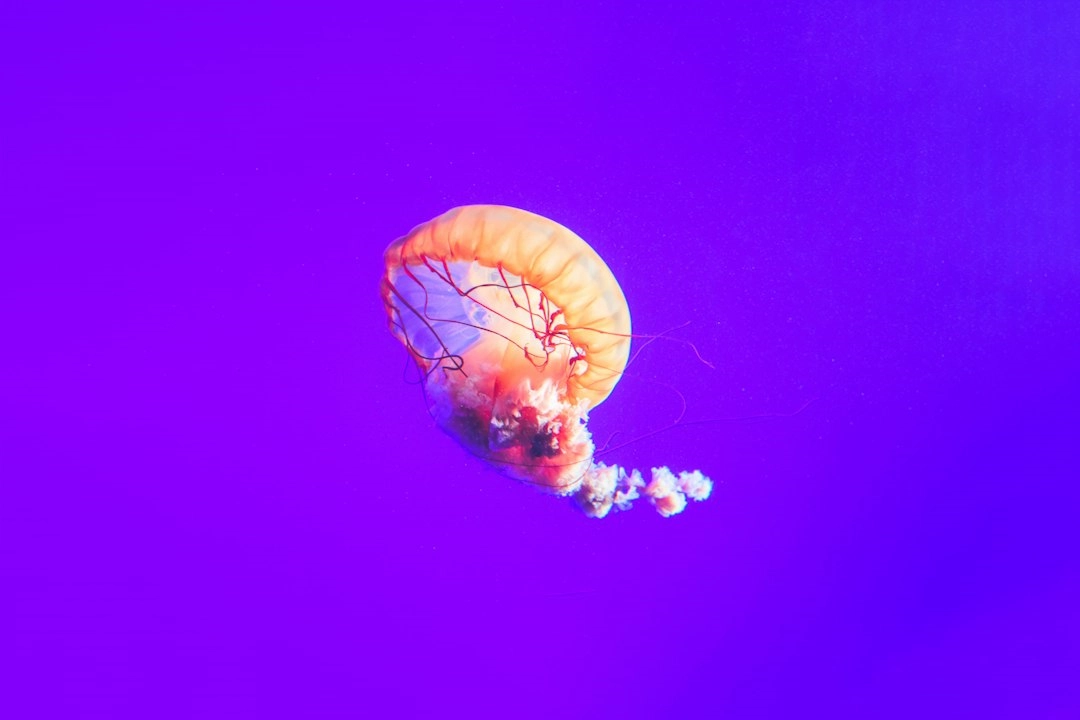
What are Endangered Species?
An endangered species is a classification for a species of animal or plant that is at risk of becoming extinct in the near future. This can be due to various factors such as habitat loss, pollution, climate change, poaching, and invasive species. Endangered species are protected by laws and conservation efforts to prevent their extinction.
Real-World Problems Associated with Endangered Species
Habitat Loss
Habitat loss is one of the primary reasons why many species become endangered. Human activities such as deforestation, urbanization, and conversion of natural areas into agricultural lands have resulted in the destruction of crucial habitats for numerous plant and animal species. The loss of their natural habitats leads to a decline in population and restricts their ability to find food, mate, and fulfill other essential needs.
Pollution and Contamination
The pollution of our air, water, and soil poses a significant threat to endangered species. Chemical pollutants, such as pesticides, industrial waste, and oil spills, can have detrimental effects on their health, reproductive abilities, and overall survival. Pollution disrupts ecosystems and can cause imbalances that harm the delicate web of life, pushing certain species closer to extinction.
Climate Change
Climate change is a pressing concern for endangered species. Rising global temperatures, changing weather patterns, and increased frequency of extreme events negatively impact ecosystems and disrupt the lifecycles of many species. Polar bears, for instance, experience loss of sea ice habitats due to melting ice, while coral reefs suffer from bleaching events caused by warmer ocean temperatures.
Poaching and Illegal Wildlife Trade
Poaching and illegal wildlife trade pose significant threats to endangered species, particularly those with high market value, such as elephants, rhinos, and tigers. These activities are driven by the demand for exotic pets, animal products, trophies, and traditional medicines. Poaching not only decimates populations but also undermines conservation efforts and destabilizes ecosystems.
Invasive Species
Invasive species are non-native organisms that have been introduced to an ecosystem, often unintentionally, and have a harmful impact on native species. They compete for resources, prey on native species, or disrupt key ecological relationships. Invasive species can outcompete and displace endangered species, further endangering their already vulnerable populations.
Conclusion
Understanding the concept of endangered species and the real-world problems they face is crucial for developing effective conservation strategies. By addressing habitat loss, pollution, climate change, poaching, and invasive species, we can work towards protecting these vulnerable species and preserving the Earth’s biodiversity for future generations.

Solutions to the Endangered Species Crisis
Protecting endangered species requires collective efforts and a comprehensive approach. Here are some solutions to address the challenges discussed:
Conservation of Habitat
Preserving and restoring natural habitats is crucial for the survival of endangered species. Efforts should be made to establish protected areas, promote sustainable land and forest management practices, and create corridors to connect fragmented habitats.
Reduction of Pollution
Mitigating pollution and contamination is vital to protect the health and well-being of endangered species. Strict regulations on industrial waste disposal, aggressive pollution control measures, and the promotion of eco-friendly practices can help minimize the adverse effects of pollution.
Addressing Climate Change
Tackling climate change is essential for the long-term survival of endangered species. This involves reducing greenhouse gas emissions, transitioning to renewable energy sources, supporting climate adaptation strategies, and protecting vulnerable ecosystems from the impacts of climate change.
Cracking Down on Illegal Wildlife Trade
Combatting poaching and illegal wildlife trade requires international cooperation and stricter law enforcement. This involves implementing stricter regulations, increasing penalties for offenders, raising public awareness, and supporting initiatives that provide alternative livelihoods for local communities involved in illegal activities.
Preventing and Managing Invasive Species
Efforts to prevent the introduction and spread of invasive species should be prioritized. This includes strict biosecurity measures, monitoring and early detection systems, and the development of appropriate eradication or management strategies in affected areas.
Conclusion
By implementing these solutions, we can make significant strides in conserving endangered species and ensuring their long-term survival. It is crucial to prioritize the protection of biodiversity and work together to create a sustainable future for both endangered species and the planet as a whole.















